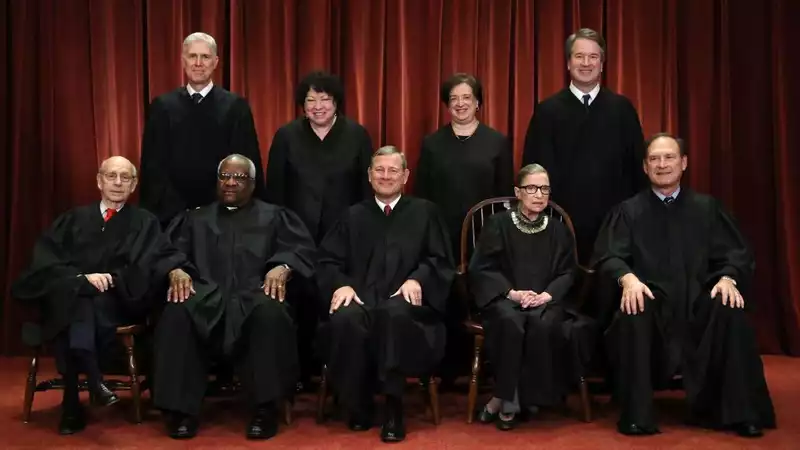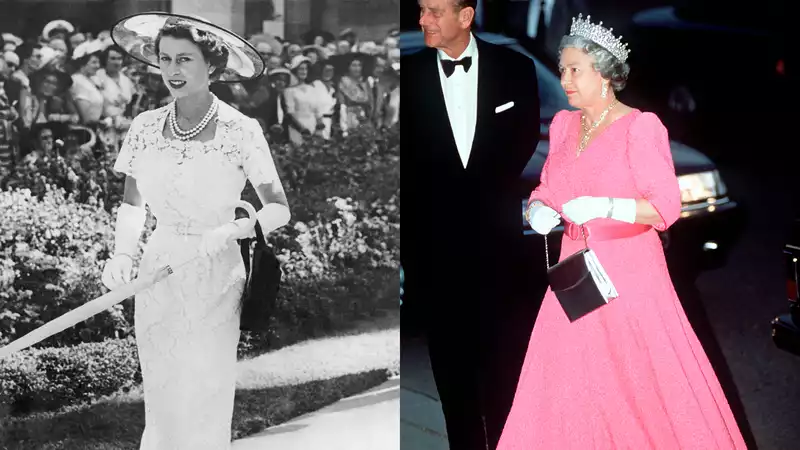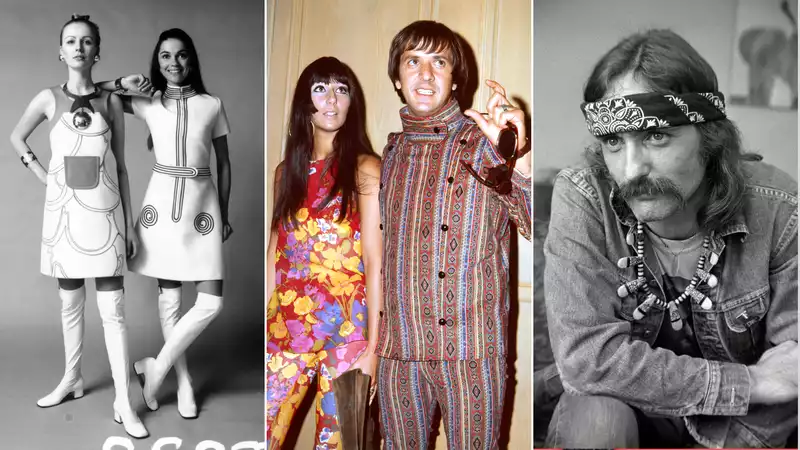Is it possible to replace a Supreme Court Justice in an election year?
The tragic passing of Ruth Bader Ginsburg (opens in new tab), an icon of the Supreme Court who served in key positions on the court for 27 years, comes at a pivotal moment for the nation. Ginsburg's obituary was announced 46 days before the election that will decide whether Donald Trump will retain the U.S. presidency or hand the White House to former Vice President Joe Biden, a Democrat. The big question is this: is it possible to replace a Supreme Court justice during an election cycle?
The answer is complicated. The answer was given this spring when Ginsburg was hospitalized for gallbladder treatment. An article appeared in Vanity Fair with the headline "Republicans Suddenly Cold on Supreme Court Nominations During Election Year" (opens in new tab). The article explained that then-President Barack Obama did his utmost to get Merrick Garland, his nominee to replace Antonin Scalia, on the Supreme Court before the end of his two-term presidency. Republicans, especially Mitch McConnell, fought Obama, saying that since it was an election year and Obama was a "lame duck" president, the next president should pick the next Supreme Court justice. This gamble paid off when Trump entered the White House and chose Neil Gorsuch to replace Scalia. And here's what happened.
In politics, there is something called the "Thurmond Rule," after Senator Strom Thurmond, who in the late 60s prevented then-President Lyndon B. Johnson from appointing Judge Abe Fortas to the Supreme Court because of the upcoming election. The "Thurmond Rule" is that federal judges, like Supreme Court justices, should not be decided before an election.
But here's the thing: The "Thurmond Rule" is not really a rule. For the past half-century, partisans of both parties have used the rule to justify their decisions to push through or not push through a new justice, but without any legal basis. Most recently, in 2016, Republicans cited the Thurmond Rule as a reason not to vote for Obama's nominee for justice. Basically,
Mitch McConnell has personally stated that the Thurmond Rule does not actually exist; in 2008, as the "Last Week Tonight" team dug up, McConnell said:
This statement was made in 2016 came out when McConnell said of Obama's nomination of Garland: "This vacancy should not be filled until there is a new president."
McConnell's two comments were clearly contradictory, but that did not stop the Republican Senate majority from blocking Garland as a matter of principle because he was Obama's nomination. This "rule" was taken so seriously at the time that Republicans refused to nominate a presidential candidate that it would be hard to argue that President Trump deserved to push through the nomination at the end of his presidency. (Update: Mitch McConnell said Friday night that Trump's nominee "will get a vote on the floor of the U.S. Senate.")
But the conclusion of the 2016 situation was less about abstract "rules" and more about the fact that Republicans controlled, and are controlling, the Senate. Thus, even if Trump were to nominate a Supreme Court justice to replace Ruth Bader Ginsburg and the Senate were to confirm that person, no arbitrary rule could change that.
But time is not in favor of the Republicans. With only a few dozen days left before the election, there is not enough time to conduct background checks on future judicial nominees, let alone the entire process from nomination to confirmation. Of course, if Trump is reelected, he will be able to pick his future justices. But even if Joe Biden is elected president in November, Trump may use the remaining months of his term, which will not leave the White House until mid-January, to get a conservative nominee through as his last act as president.
At a campaign rally in North Carolina on Saturday, President Trump told the crowd, "There have been 29 times during the campaign or before the inauguration that there was an open seat, 29 times. That's a lot," he said, continuing, "Each time, the incumbent president nominated him. Have you ever heard of George Washington? Or how about the great Abraham Lincoln?"
Well, this is not exactly true. According to Senate (open in new tab) and Supreme Court (open in new tab) records, there have only been 16 Supreme Court vacancies that occurred before Election Day in an election year, including Ginsburg. Ten of those cases were eventually rejected or later withdrawn by the President.
In other words, while it is true that past presidents have nominated someone a total of 29 times, not all of them fit the specific requirements suggested by the Trump narrative.
To put a finer point on it, 10 vacancies occurred after the presidential election but before the new president took office. An additional five vacancies occurred before the election began, so nominations were made during the election cycle. Thomas Jefferson and Abraham Lincoln fall into the latter category.
Trump's announcement of his Supreme Court nominee, Judge Amy Coney Barrett (open in new tab), already marks a step in the long process of replacing Supreme Court justices.
.






Comments